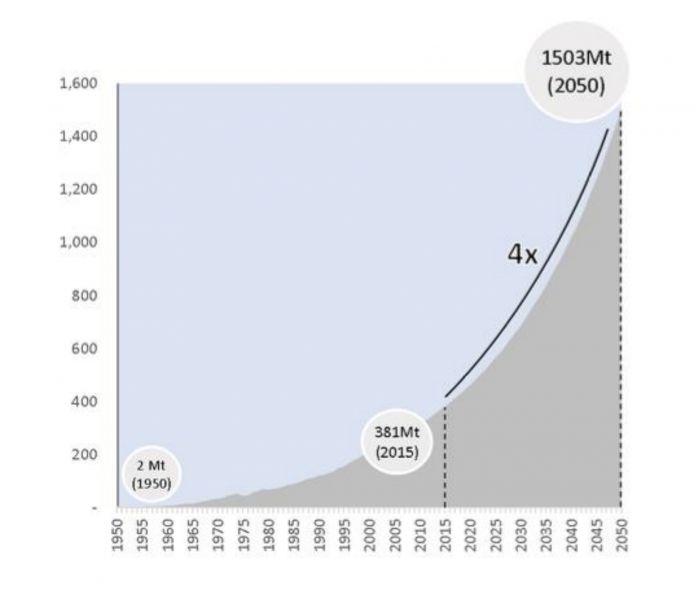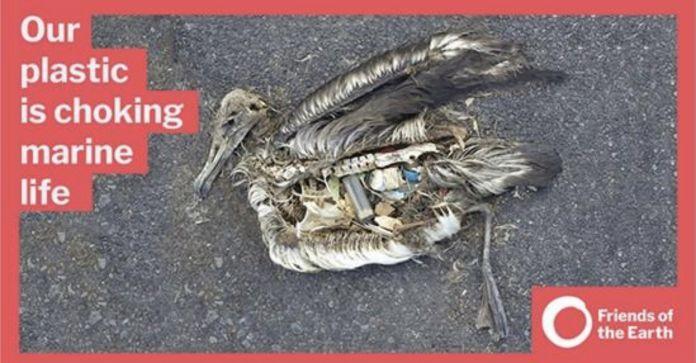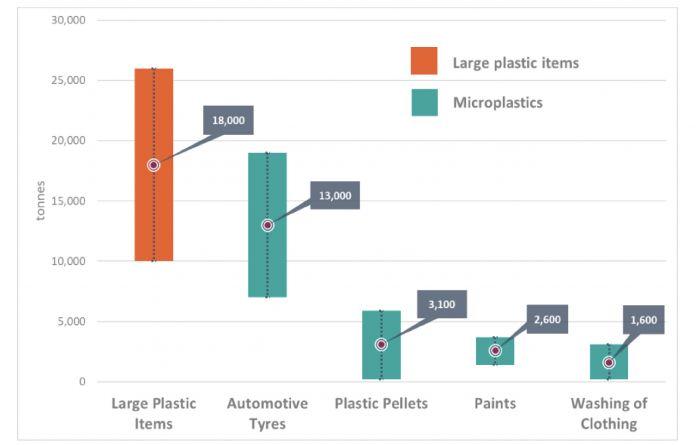Julian Kirby19 Mar 2020
How the Environment Bill can tackle the plastic crisis
Plastic pollution is a widespread, long-lasting and rapidly growing problem. Larger macroplastics – like bottles and fishing nets – are unsightly and cause visible harm to wildlife. Smaller microplastics are even more dangerous because they absorb and concentrate the toxins around them and carry them into food chains. The potential impact on whole ecosystems, wildlife and human health and the Earth system as a whole means it is right to call this a plastic pollution crisis.
Nonetheless unprecedented public support for government action and the UK’s place at the heart of globally influential institutions mean this country can provide a lead out of the crisis. This requires legally binding commitments to immediate and long-term action to achieve near-zero plastic pollution.
How plastic pollution threatens wildlife, human health and the global environment
Twelve million tonnes of plastic pollution pour into the oceans every year, with still more spread over land, buried in soil or lying in lakes and rivers. It has been found on the highest mountains and in the deepest ocean trenches, in fields and parks, tap water, everyday food and the very air we breathe.
The UK public recognises this crisis. Documentaries like the BBC’s Blue Planet II and Drowning in Plastic have popularised scientific research demonstrating the harmful effects of plastic pollution.
Key to that has been the growing understanding that plastic pollution isn’t just familiar nuisances like excessive packaging and disposable coffee cups. Vast quantities of microplastics come from the wear and tear of vehicle tyres, synthetic clothes and paints, as well as when macroplastics like bottles and fishing nets breakdown.
These affect wildlife through:
- Ingestion – animals mistake plastic for food. Recent research found that 7 turtle species, 164 seabird species and 47 whale species have eaten plastic. This can cause starvation by damaging the animal’s digestive systems and preventing the absorption of nutritious food.
- Entanglement – fishing nets and other loose plastic cause horrific injuries and slow, painful deaths to wildlife. 100% of marine turtles, 67% of seals, 31% of whales and 25% of seabird species have been entangled or succumb to starvation, drowning or predators because they can no longer evade them.
- Toxicological effects – plastics often contain toxic chemicals added to lend useful features such as flexibility. Plastic debris, especially smaller micro- and nanoplastics, collect and concentrate persistent organic pollutants (POPs) to become up to a million times more toxic than surrounding seawater. These toxic chemicals can harm marine life and pass up food chains with risk to apex predators including humans.
- Habitat impacts – plastic debris creates a floating habitat for bacterial colonisation and rafting insects. This aids the movement of invasive species. Among other impacts these can also affect the temperature and oxygen concentration of marine sediments which, for example, can alter turtle hatchling gender. They increase disease in coral and sea grass, and block light necessary for photosynthesis in these organisms.
Plastic pollution is so widespread and persistent that its effects can scale up to impact at a global level with even more serious consequences. For example, tiny sea creatures called plankton eat microplastics instead of their usual food. This risks the basic food source that larger animals like whales depend on. Because the plastic makes their faeces float instead of fall towards the seafloor, it also interferes with nutrient flow and the global carbon cycle.
Nor is the risk limited to wildlife. Researchers are increasingly concerned with the potential for plastic pollution and associated chemicals to affect human health. A recent study confirmed people have ingested plastic when it revealed an average of 20 microplastic particles per 10 grams of human faeces. These could have come from any number of sources including from packaging, from contaminated salt, drinks and foods including but not limited to seafood. Plastic pollution is even in the air we breath – between 3 and 10 tonnes are estimated to settle across the city of Paris every year.
The social cost of our addiction to plastic
The enormous increase in the production of needless plastic has left local authorities struggling to process this low value and hard-to-recycle material. For decades the UK has relied on poorly regulated overseas markets as dumps for poorly sorted UK waste. This has continued despite warnings then and now about the appalling impacts of this toxic waste on people and the environment. With China and other export markets now refusing to take poorly sorted UK recycling there is a growing risk of rubbish piling up in ports and a growth in waste crime across the country. The head of the Environment Agency has already warned that waste crime is the "new narcotics".
Where does plastic pollution come from?
Of the 8.3 billion tonnes of plastic produced by 2015, 6.3 billion tonnes became waste. Of this, 91% was landfilled, incinerated or pollutes the environment. Only 9% was recycled. If the plastic industry grows as predicted, 12 billion tonnes of plastic will be in landfills or the environment by 2050.
The growth in demand is both driven by the fossil fuel industry and represents a significant new source of climate changing emissions. Plastic’s use of oil as a feedstock is forecast to rise from 6% to 20% by 2050. The Energy Transitions Commission estimates the projected growth in global plastic could consume up to a third of the entire available carbon budget, compatible with 2°C global warming.
In China, coal is being repurposed as a feedstock for plastic production. In the US, 264 new plastics-related facilities and expansions are currently planned to use gas from the growth in polluting shale gas fracking.
PLASTIC HOUSE-KEEPING: HOW TO SORT THE LOSERS AND THE KEEPERS
PHASE OUT:
Pointless plastic: Socially useless plastics like plastic drinks stirrers don’t need replacing and can be phased out without significant changes.
Replaceable plastic: Useful plastic that can easily be replaced with less socially and environmentally harmful alternatives.
Problem plastic: Particularly harmful plastics like polystyrene, and those that are hard to recycle like black plastic food trays.
RETAIN AS LONG AS NECESSARY:
Harder to replace plastic: Socially and environmentally valuable plastics that can’t be replaced without major behavioural, infrastructural and systemic change.
Essential plastic: Such as in hospitals, research labs and in enabling quality of life for people with disabilities.
How the UK can lead the world out of the plastic pollution crisis
There is no way that recycling can keep up with the growth of plastic production. Nor is highly polluting and deeply unpopular incineration or ‘energy-from-waste’ an acceptable solution. Instead the focus must be on reduction of the use of plastic. As well as ending the plastic pollution crisis, this would save huge amounts of effort and money for householders and councils struggling to deal with so much waste. It could also set the course for significant carbon emissions reductions.
The Environment Bill is an opportunity to demonstrate global leadership
The plastic pollution crisis requires targeting significant reduction of emissions from plastic across the full range of polluting plastic products, sources and sizes. This, though, must be rooted in a properly evidence-based and consultative process. The impacts on the environment, the economy and people, including (and especially) marginalised groups such as those living with disabilities, must be considered and accounted for.
The Environment Bill can enshrine just such an approach, combining ambition commensurate to the crisis with a properly informed, legally mandated policy-making process. With persistent and unprecedented public support for effective action, the government has an historic opportunity to make a real and lasting difference.




